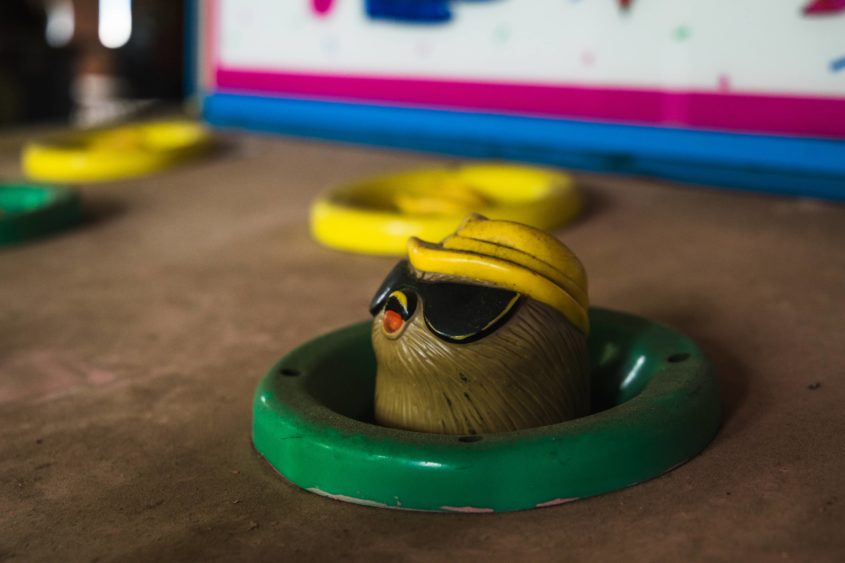
Of all the challenges that confront winegrape growers, pests—be they insects or microscopic pathogens—are particularly problematic. Of course, frost, drought, labor shortages, extreme heat and other difficulties are near-constant concerns, but oh what devastation the onslaught of tiny bugs can unleash.
Glassy-winged sharpshooters found
Just this past October, five glassy-winged sharpshooters (GWSS) were captured in Solano County. Although there were relatively few, the find sent shudders through the state’s agricultural community and a rapid-response team was deployed to contain the outbreak.
The GWSS is an inch-long flying insect that can travel fast and far, multiplies quickly and feeds on the fluids that course through a grapevine. However, it’s not the loss of fluid that the farmers fear. Instead, it’s a bacterium—Xylella fastidiosa—that the insects transmit to the plant while feeding.
Once X. fastidiosa finds its way into the vasculature of a grapevine, it begins to choke off the transport of fluids and nutrients to the plant, eventually killing the entire vine. The condition, called Pierce’s Disease (PD), is not foreign to California. In fact, it was first reported nearly 100 years ago. However, the disease had never been considered an existential threat to vineyards because it spread slowly with only one or two vines being affected at a time. But in 1999, when more than 300 acres of grapevines in Temecula (Riverside County) succumbed to the disease near panic broke out. A frantic search ensued to uncover how a previously benign disease had burst onto the scene like out-of-control cancer.
The GWSS is not native to California. Historically, its range has been limited to the southeastern United States and northeastern Mexico. And yet, by 1994, a few of the bugs were already spotted in the state, the insects likely hitchhiking in on imported ornamental or agricultural plants.
Although GWSS had rarely been seen in California up to that point, the devastated Temecula vineyard was found to be teaming with them. In response, the state’s vast agricultural political apparatus sprang into action, with the California Department of Food and Agriculture launching the Pierce’s Disease Control Program. Even with the state’s ongoing extensive efforts, PD is estimated to cost over $100 million a year in lost crops.
Phylloxera: the poster child of vineyard pests
The problem of unexpected pests showing up in vineyards is nothing new. In the 1880s, the California wine industry was nearly wiped out by a tiny root louse called phylloxera. Native to soils of the eastern United States, phylloxera had found its way over to Europe by the 1870s. There it went about decimating thousands of acres of vines in France, Germany and Italy, sucking the life out of the unresistant grapevines. At the time, there was little understanding of the causes of the destruction, so unsuspecting agriculturalists continued to freely import tainted grapevines with minuscule clusters of the louse glomming onto the roots, ready to spring into action when replanted.
Such was the case when, in the late 1880s, Hamilton Walker Crabb expanded the To Kalon Vineyard in Oakville in Napa Valley. The vineyard had originally been called Hermosa (“beautiful” in Spanish), but Crabb changed the name To Kalon (“most beautiful” in Latin) in 1886 when he added new cuttings from Europe, including black burgundy, Tannat and Bordeaux varietals that were tainted. Crabb wasn’t the only one. Fueled by early successes and a growing public interest in wine, along with a mass influx of immigrants to the area and new money flowing in from the gold rush, the area grew. By the late 1880s, there were nearly 200 wineries and more than 18,000 acres of winegrapes carpeting Napa Valley’s floor.
Crabb’s vineyards showed signs of phylloxera, like many other grape farmers, in the early 1890s. By the time of his death in 1899, he’d gone broke trying to save his operation, with most of the vines dead or dying. By 1905, only a handful of functioning wineries survived in the Napa Valley, with about 2,000 planted acres of grapevines remaining. Sadly, 100 years later, in the 1980s, phylloxera once again descended on the Napa Valley (and California more widely) and brought back its devastation to an industry that had become complacent, believing phylloxera was a thing of the past.
The history of the GWSS and phylloxera is instructive in that it highlights the need for grape farmers to be constantly vigilant. One thing is certain: pests will continue to find their way to vineyards, with perhaps the next biggest threat being the spotted lanternfly, expected to arrive here in the next few years.




